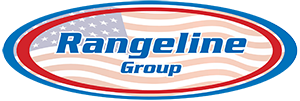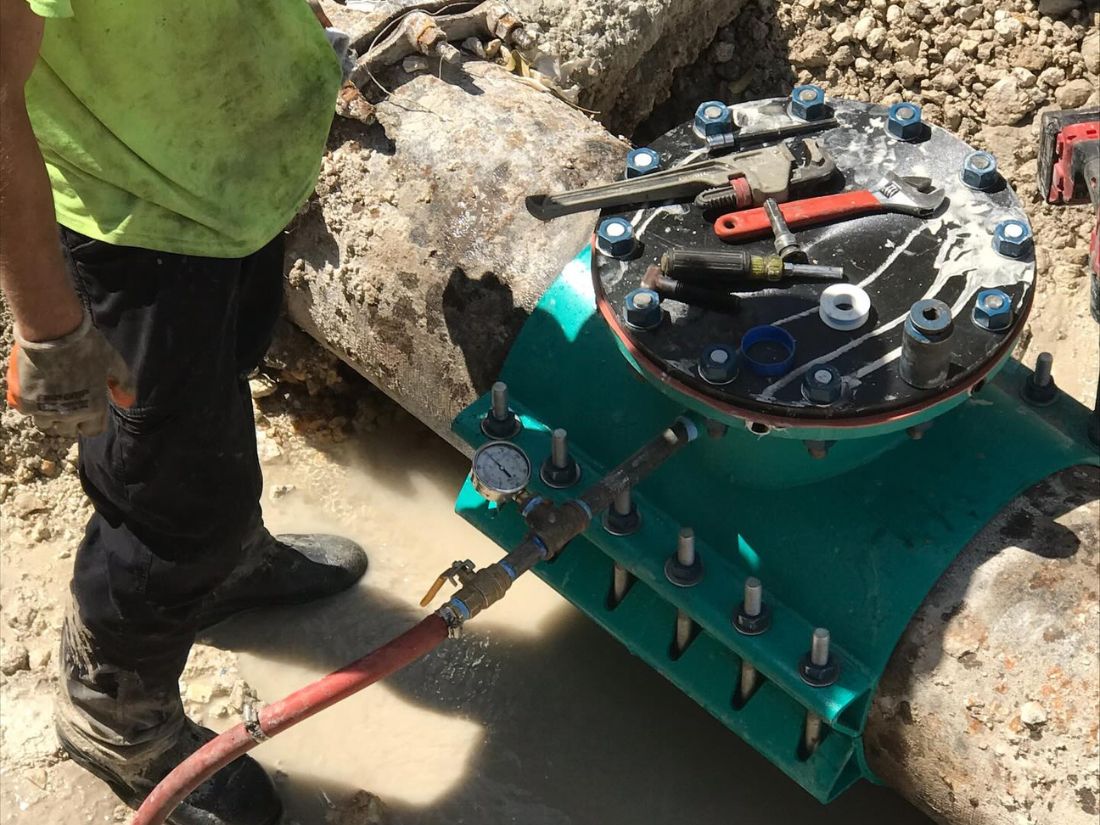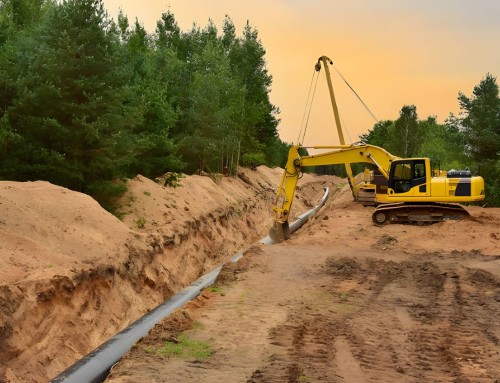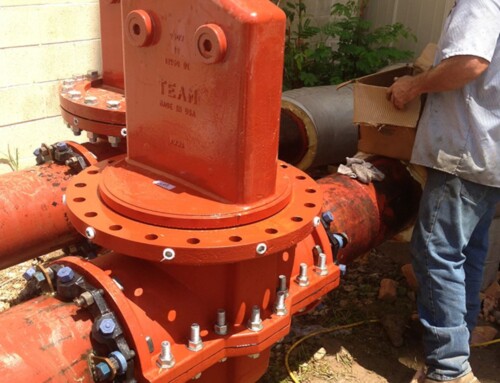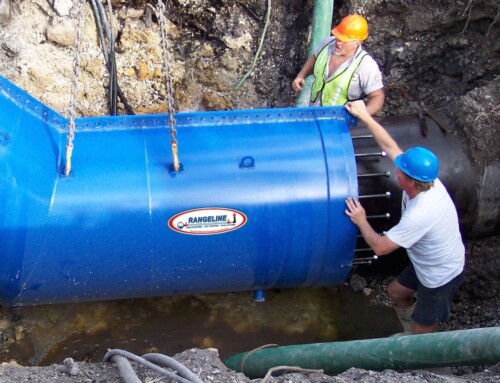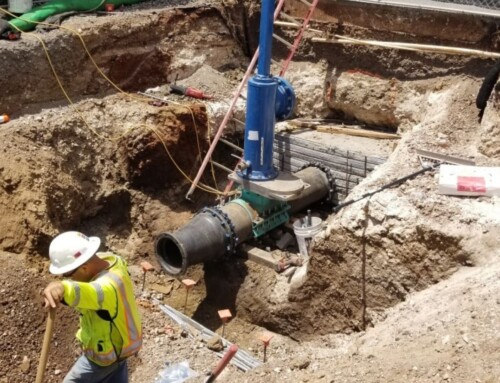Construction, urban planning, and civil engineering projects often face significant challenges due to uncertainties about what lies beneath the surface. Underground utility mapping fixes this by offering detailed insights into subsurface infrastructure. If you’re unfamiliar with the concept of underground utility mapping, we’re here to show you what makes it so important.
Improves Project Planning Stages
Effective project planning depends on accurate, reliable data, and underground utility mapping delivers just that. By being able to identify the location, type, and condition of buried utilities like electrical cables, water pipes, and gas lines, you’ll have a much more solid foundation for informed decision-making.
If you’re able to start a project with a clear understanding of underground structures, you’ll be able to minimize delays caused by unforeseen utility interference and reduce unnecessary expenses. If you want to take things a step further, you can incorporate this data into 3D modeling software, which will enable you to design infrastructure with fewer conflicts.
Boosts Overall Safety
On any construction site, safety is a primary concern, especially when excavation is involved. Hitting unknown utilities can have serious consequences, from electrical outages to gas leaks, posing risks to both crew members and nearby residents. Underground utility mapping reduces these risks by ensuring that hidden utilities are accurately located and marked before excavation begins.
By using advanced technologies such as ground-penetrating radar (GPR) and electromagnetic sensors, utility mapping will be able to reveal potential hazards, which helps prevent accidents and ensure smoother project execution. This proactive approach demonstrates a commitment to safety, something that’s crucial in maintaining project timelines and protecting workers.
Helps With Regulation Compliance
Regulatory compliance is a non-negotiable aspect of any construction or urban development project. Governing bodies require thorough planning and documentation related to utilities, and failing to meet these standards can result in fines or project halts.
Underground utility mapping is important here because it helps ensure compliance with local rules and regulations by providing precise documentation of underground layouts. Authorities reviewing project plans will appreciate the level of detail and commitment to transparency. This foresight minimizes approval delays and strengthens trust between construction teams and regulatory bodies.
Simplifies Maintenance and Repairs
Underground utility mapping isn’t just helpful during construction—it also streamlines maintenance and repairs long after a project is complete. Utilities degrade over time, and unexpected issues such as leaks or electrical faults require quick attention. With detailed maps in hand, maintenance teams can identify problematic areas faster and minimize disruption to surrounding infrastructure.
Additionally, having access to accurate utility maps prevents unnecessary digging when you need to wet tap a water main, saving both time and money. This added layer of efficiency builds operational resilience while extending the life span of essential utilities.
